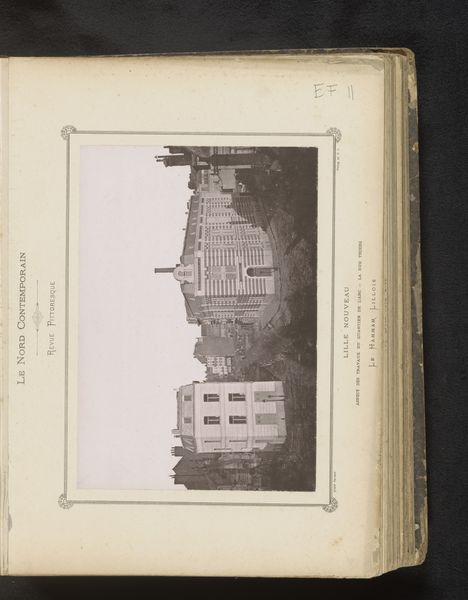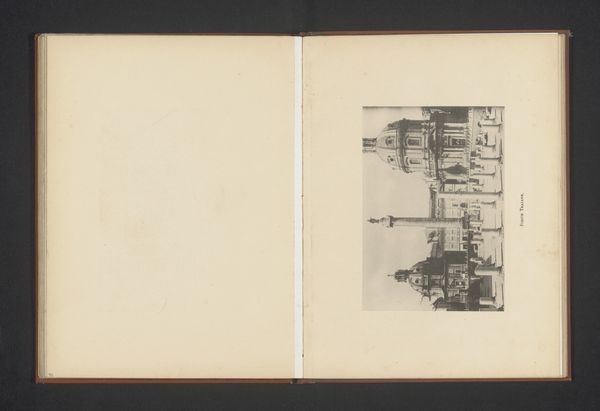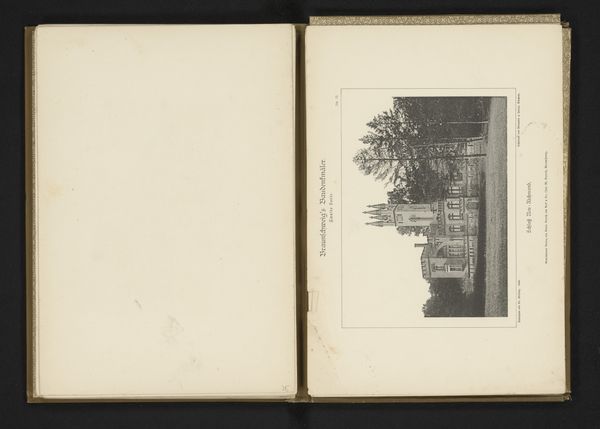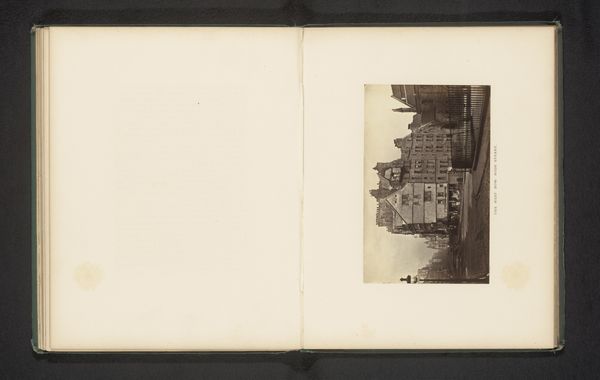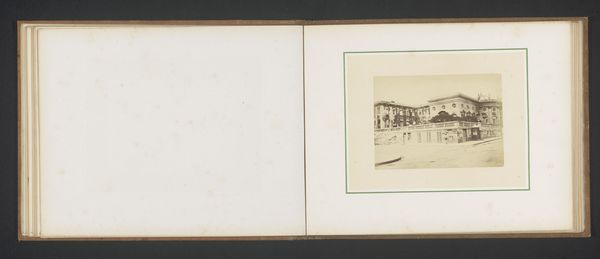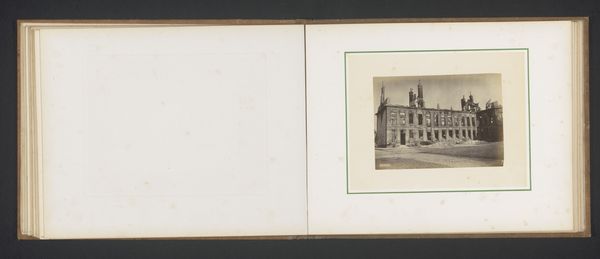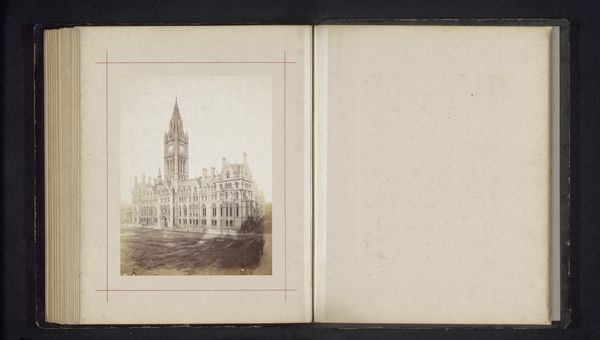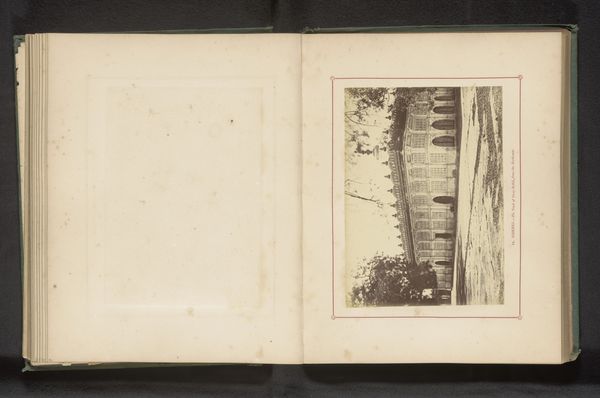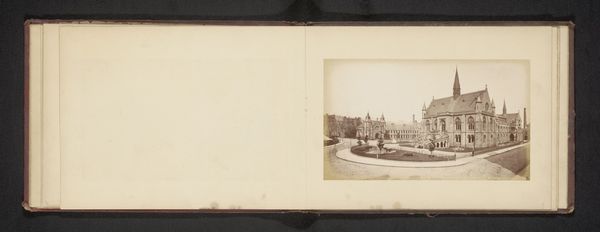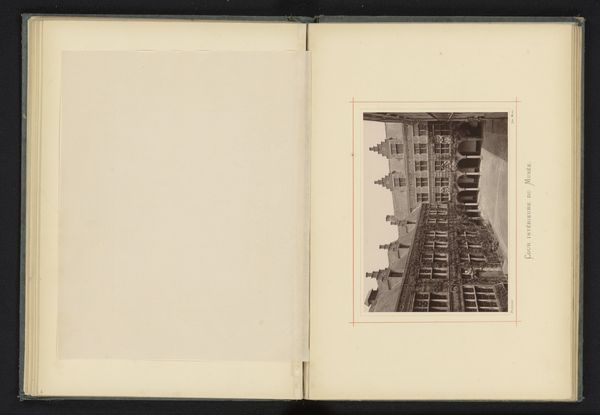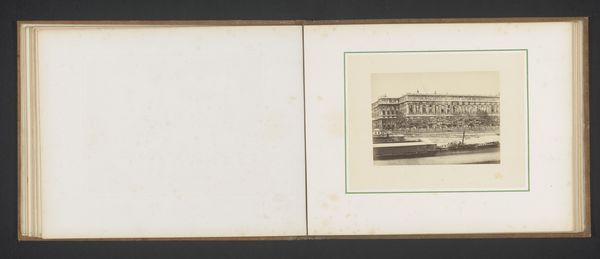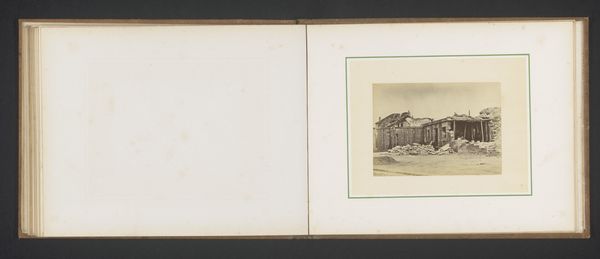
drawing, paper, ink
#
drawing
#
neoclacissism
#
paper
#
ink
#
cityscape
#
history-painting
Dimensions: height 210 mm, width 260 mm
Copyright: Rijks Museum: Open Domain
Curator: The delicate ink lines create such a striking impression. Editor: Indeed. This is an ink drawing on paper, depicting "Gezicht op de Colonne Vendôme in Parijs"—or View of the Vendôme Column in Paris—by A. Provost. The piece predates 1840 and really captures a specific moment in the column’s history. Curator: It feels incredibly formal. The paper seems quite smooth, suggesting perhaps a desire for precise replication rather than expressive mark-making. The weight and choice of ink contribute to the feeling of austerity and order. Editor: I agree. Considering its date, before 1840, it comes from a time when Neoclassicism still held considerable sway, and the Vendôme Column itself is a very potent symbol of French imperial ambition under Napoleon. The column as artifact represents power and is deliberately placed in a public square. Its visibility ensures the viewer knows its significance within the politics of the city. Curator: The artistic labour here—drawing this impressive structure with such fidelity—reinforces the ideals it represents. The sheer labor and precision mirror the monumental aspect of the column. Who was this A. Provost? Do we know the audience for which he created it? Editor: Provost is known mostly for cityscapes and architectural studies. Images such as this one circulated through print culture. Their viewers, were very often those who had the power and status to want to gaze upon France’s urban fabric and power. They were, in a way, consumers of its prestige. Curator: I’m struck by how the controlled nature of the drawing extends beyond the subject and into the production process itself. It begs the question about how this piece exists not just as an artistic endeavor, but as a document of its time, influenced and defined by the materials available, and the act of painstaking artistic labour required. Editor: And isn't it fascinating how an image like this both reflects and reinforces a specific political narrative through its aesthetic choices and circulation? It shows us that art isn't made in a vacuum; it is deeply entwined with historical and political processes. Curator: Absolutely, a tangible link between art, its creation, and the ideologies that shape it. Editor: It is!
Comments
No comments
Be the first to comment and join the conversation on the ultimate creative platform.

